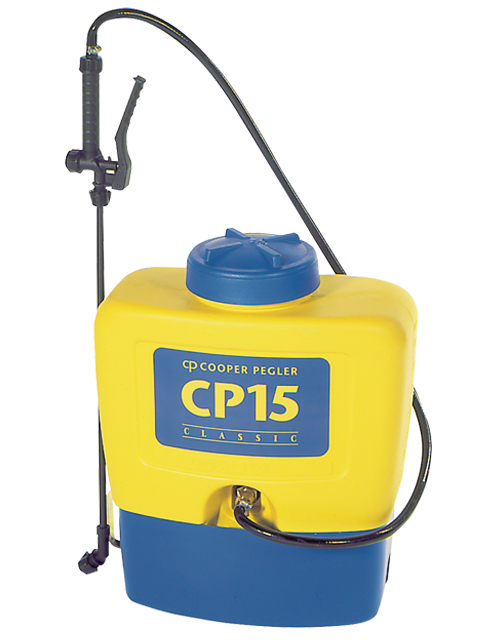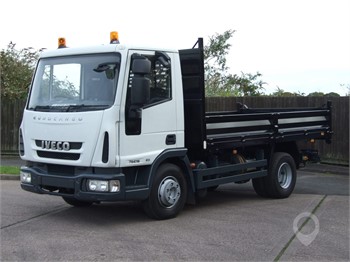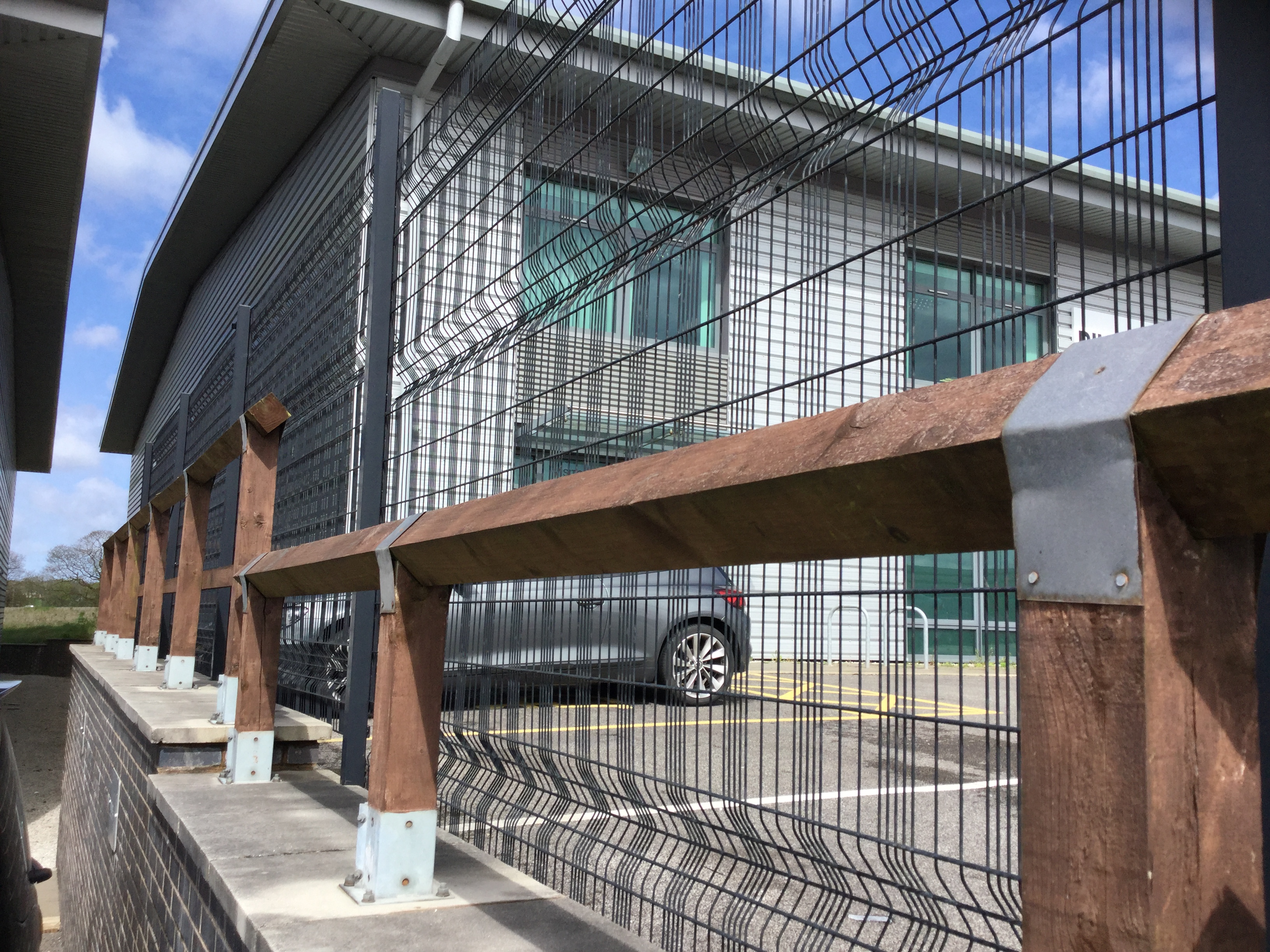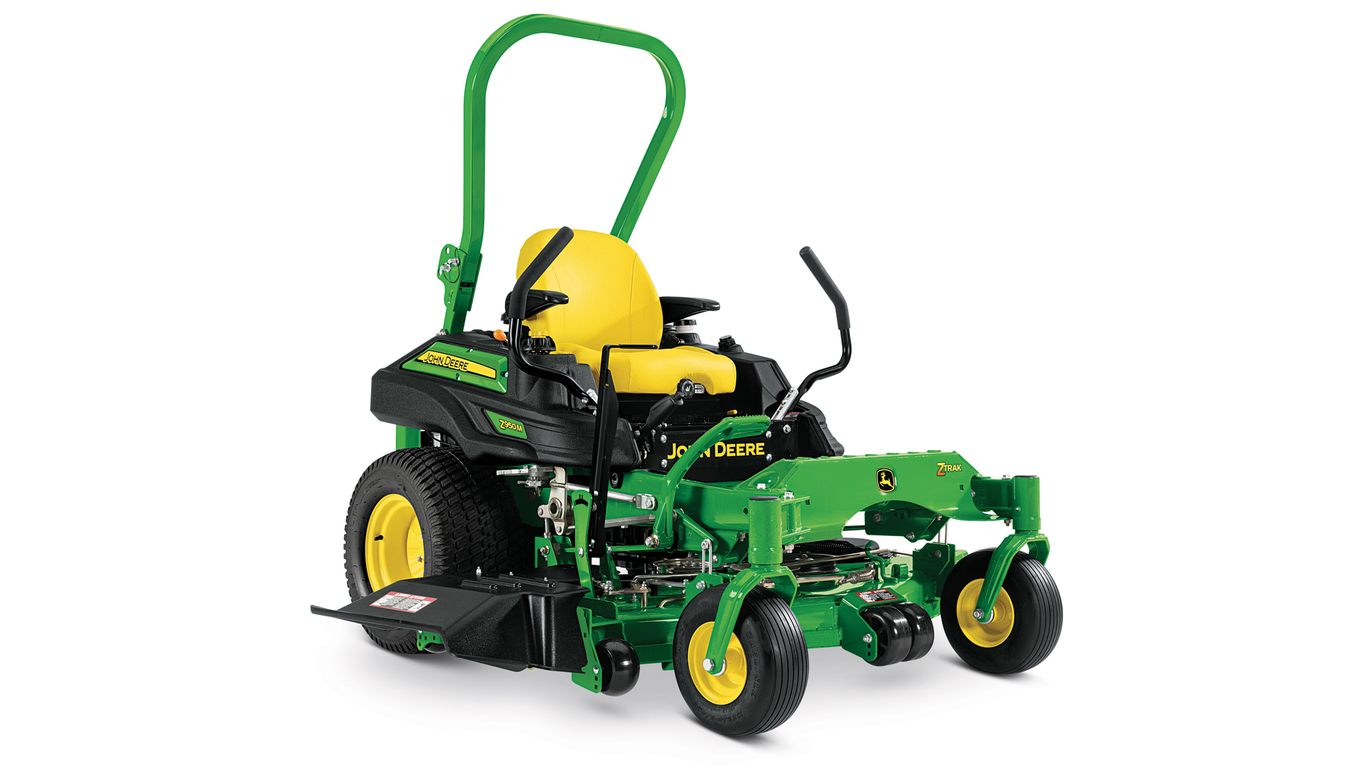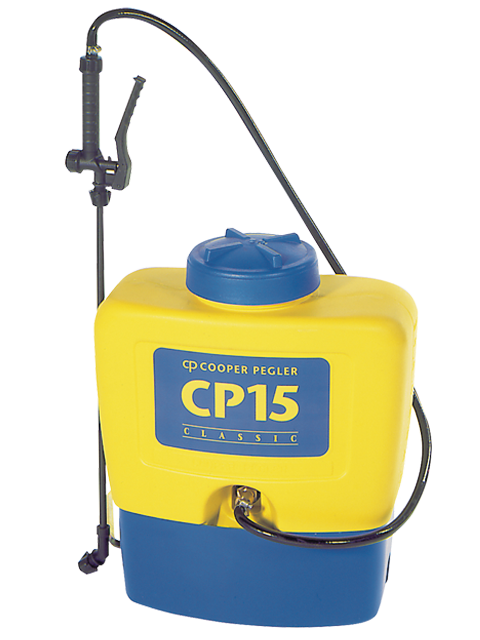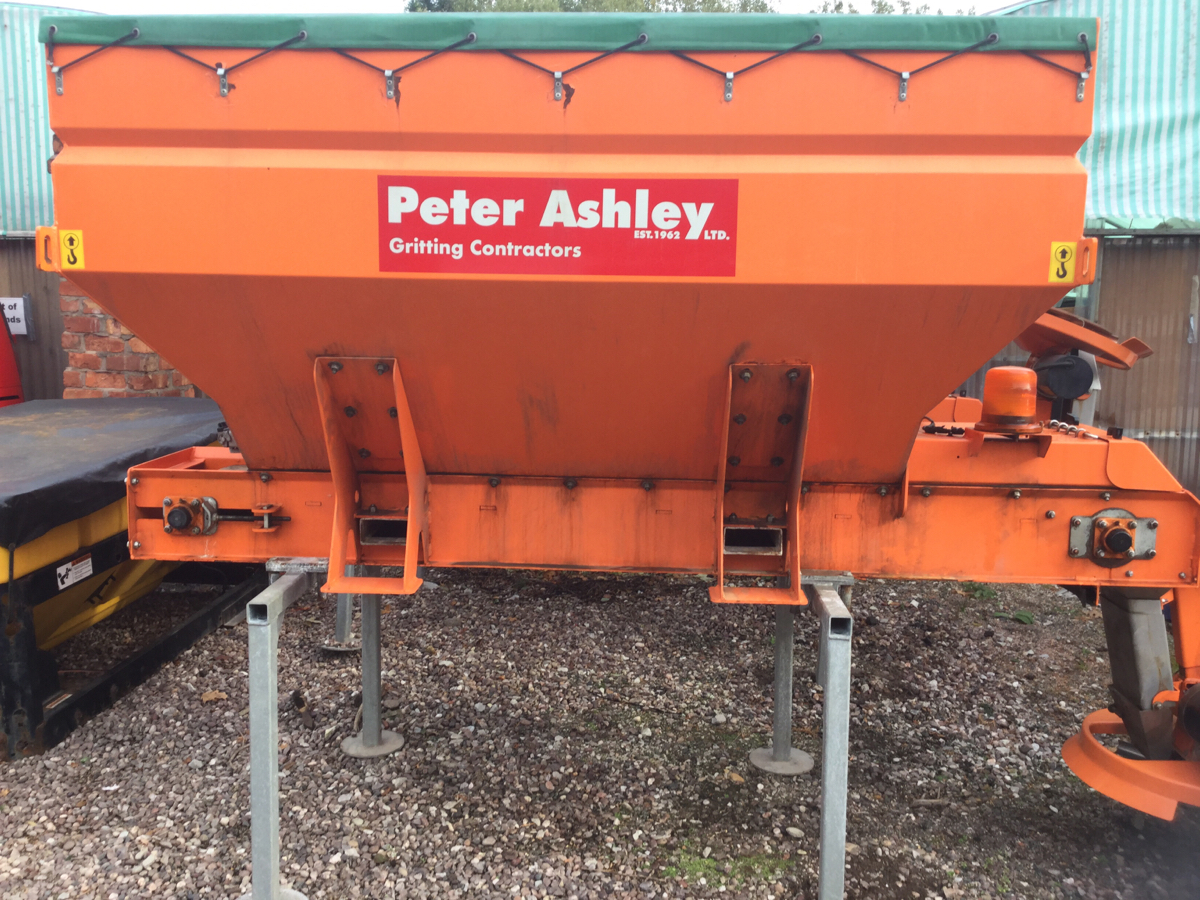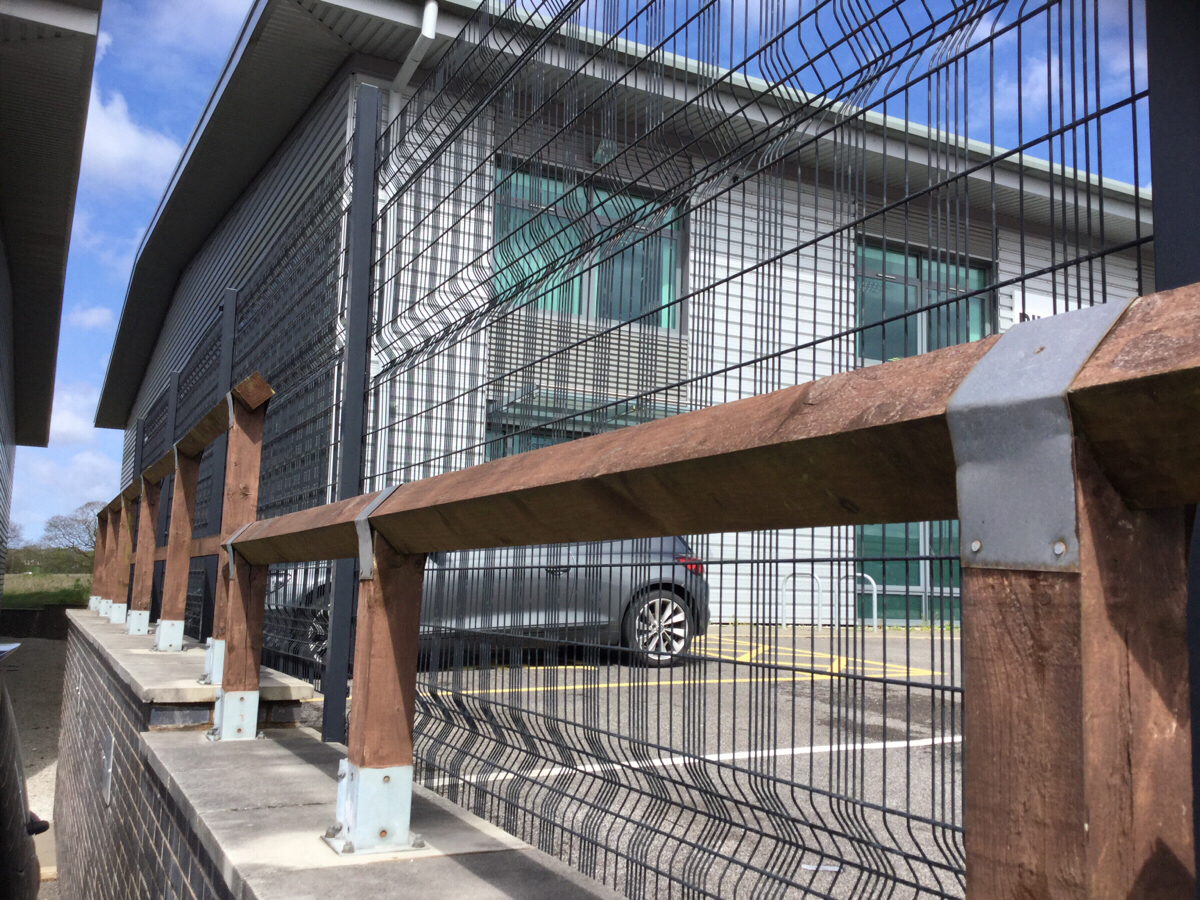Title Page
-
Document No.
-
Audit Title
-
What is the make and model?
-
Conducted on
-
inspected by
General Condition
-
Is there any visible damage to the tank body?
-
Is the liquid strainer in good condition?
-
Are the straps in a good condition?
-
Are there any signs of damage or leaks to the trigger, lance or pipe work?
-
Check fitted filters (in trigger and behind nozzle) are they clean?
-
Is the nozzle in a good condition and working?
-
Are there any signs of leaking or damage to the pump?
-
Have you completed the nozzle width test?
-
Please state nozzle spray width and type/colour (Cone, Deflector etc.)
-
Using clean water only, does the sprayer discharge evenly and consistently?
-
Are there any problems that need recording?
-
Please describe the problems
-
Please sign to confirm completion of the check
Function Checks
-
This series of tests is to confirm the volume of liquid being dispensed by the sprayer. If this isn't a viable test then please use the space below to give details why this wasn't preformed.
-
Is the sprayer clean and filled with water or detergent/water mix?
-
What volume of liquid is being used?
-
Is the sprayer stable on the floor or bench when full?
-
Check that the straps will take the weight of the full sprayer ! TAKE CARE !
-
Check for leaks with the sprayer upright and on its side.
-
Pressurise the sprayer – Does the pump work smoothly?
-
Check for leaks again paying attention to the hoses, trigger & lance.
-
Spray into an appropriate container – does the on/off mechanism function correctly & also any anti-drip/flow management valves?
-
Check the spray pattern of the nozzle for uniformity (Further spray nozzle checks should be carried out as part of the recommended calibration regime – see Hand held Sprayer Calibration Sheet below.
-
Spray out all liquid until air comes from the nozzle. Is there less than a cupful (250ml) remaining in the tank?
Prepare to store
-
Ensure the sprayer is empty & depressurized ! Follow manufacturer’s instructions !
-
Ensure that the external parts of the sprayer including straps are clean and dry.
-
Clean spray nozzles & filters in a water/detergent mix using a soft brush (Do not use sharp objects to unblock nozzles)
-
Lubricate any moving parts, such as plunger cups or O rings with an appropriate lubricant/grease – Follow manufacturer’s instructions
-
Store securely in a frost free place away from direct sunlight.
Hand Held Sprayer Calibration Sheet
-
1.Read the product label: Application rate
-
Chemical dose rate
-
Spray quality needed from spray nozzle
-
2. Select nozzle & type of equipment :
-
3. Measure spray width
-
5. Walk & spray 100m strip and record time
-
Using a steady pumping action, spray into the vessel for the time it took to walk & spray 100m. Repeat and record the average of the two measurements. 6. Spray into a measuring cylinder for the 100m time:
-
360 divided by time in secs for 100m = KPH (360 is a constant used in all such metric calculations) 7. Calculate walking speed KPH
-
Volume collected in cylinder in litres x 100 ÷ spray width = L/hectare (100 is a constant used in all such metric calculations) 8. Calculate the spray volume l/hectare
-
If necessary alter the spray pressure, walking speed or spray width to obtain the correct application rate. If this is not practical change nozzle. Many spray product labels give an acceptable range of application i.e. 75 to 100 l/hectare 9. Make adjustments to reach desired application rate l/hectare
-
10. Calculate the area to spray. Measure the length and width in meters (L x W = Area to be sprayed)
-
11. Calculate total water required for area to be sprayed. Volume collected in cylinder in litres x area to be sprayed ÷ 100 ÷ spray width (m) = Water required for the area to be sprayed in litres (100 is a constant used in all such metric calculations)
-
12. Calculate chemical required for area to be sprayed Water required for area to be sprayed in litres x chemical rate in l/hectare from label ÷ calculated spray volume from 8 above x 1000 = chemical required for the area to be sprayed in millilitres (ml) (1000 is a constant used in all such metric calculations)
-
13. Calculate chemical required for full or part tank. Capacity of spray tank (or part fill) x chemical rate in l/hectare from label ÷ calculated spray volume from 8 above x 1000 = chemical required in ml (1000 is a constant used in all such metric calculations)
